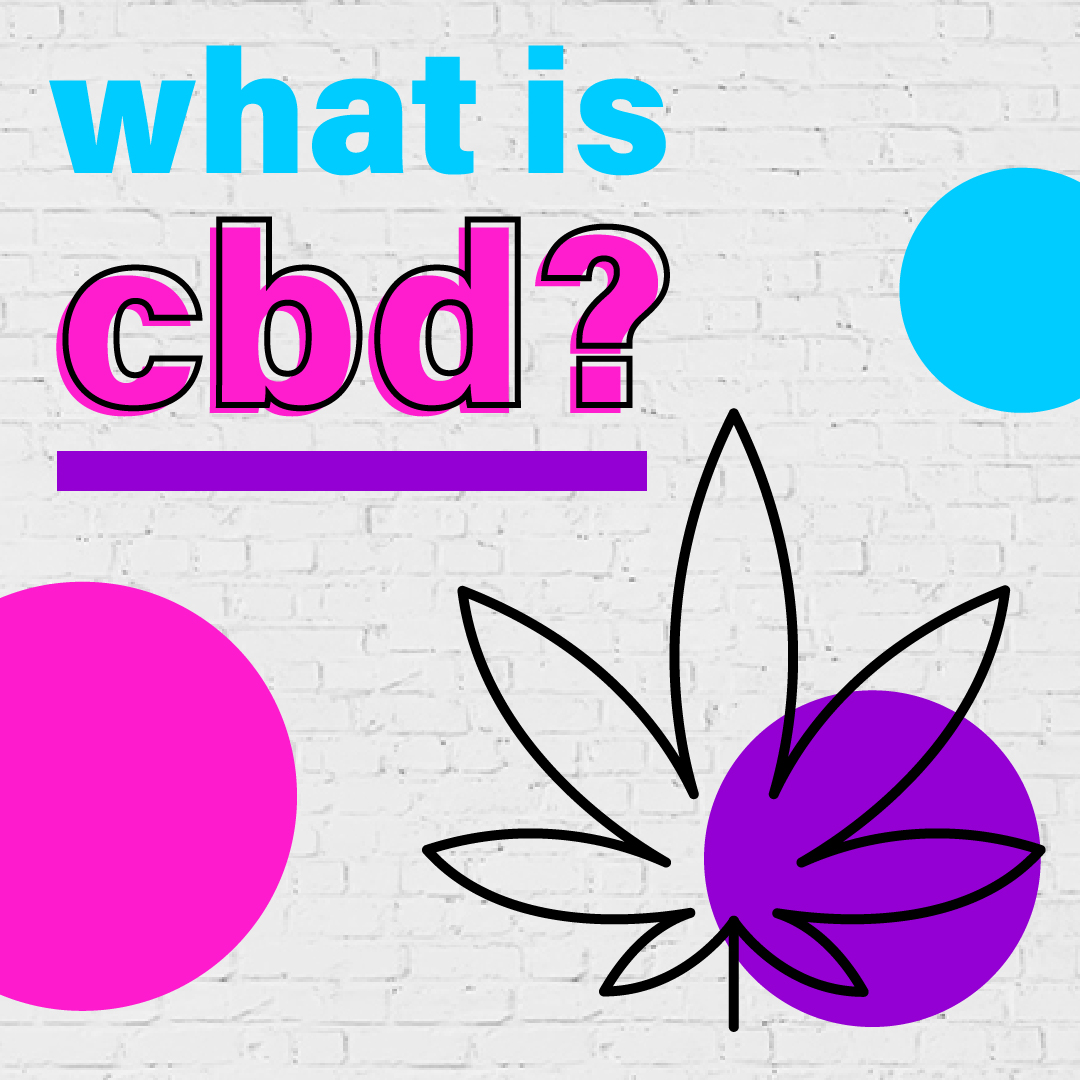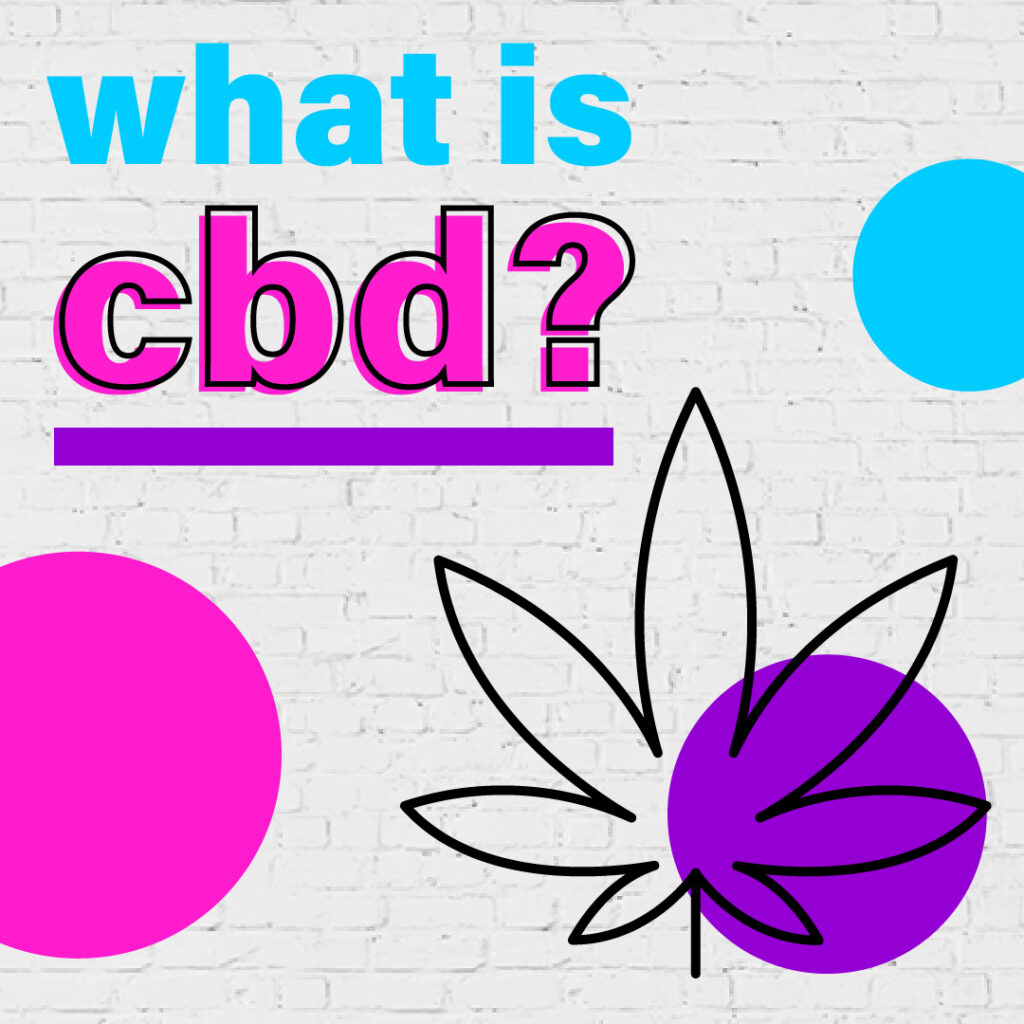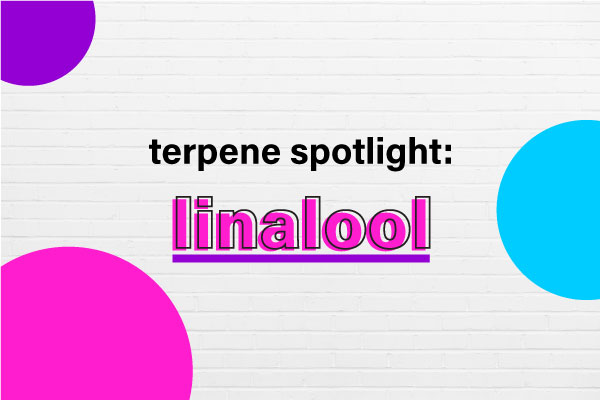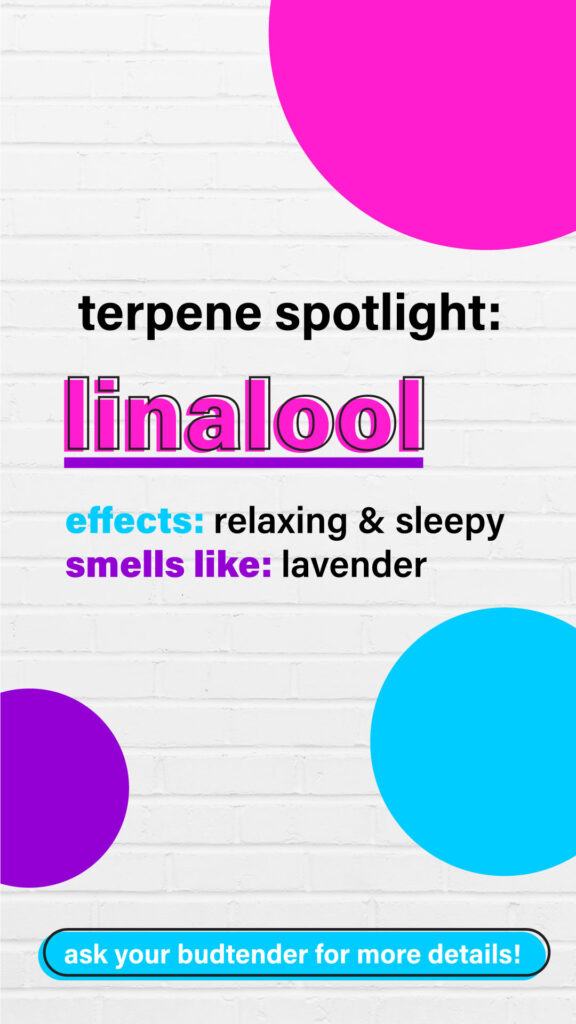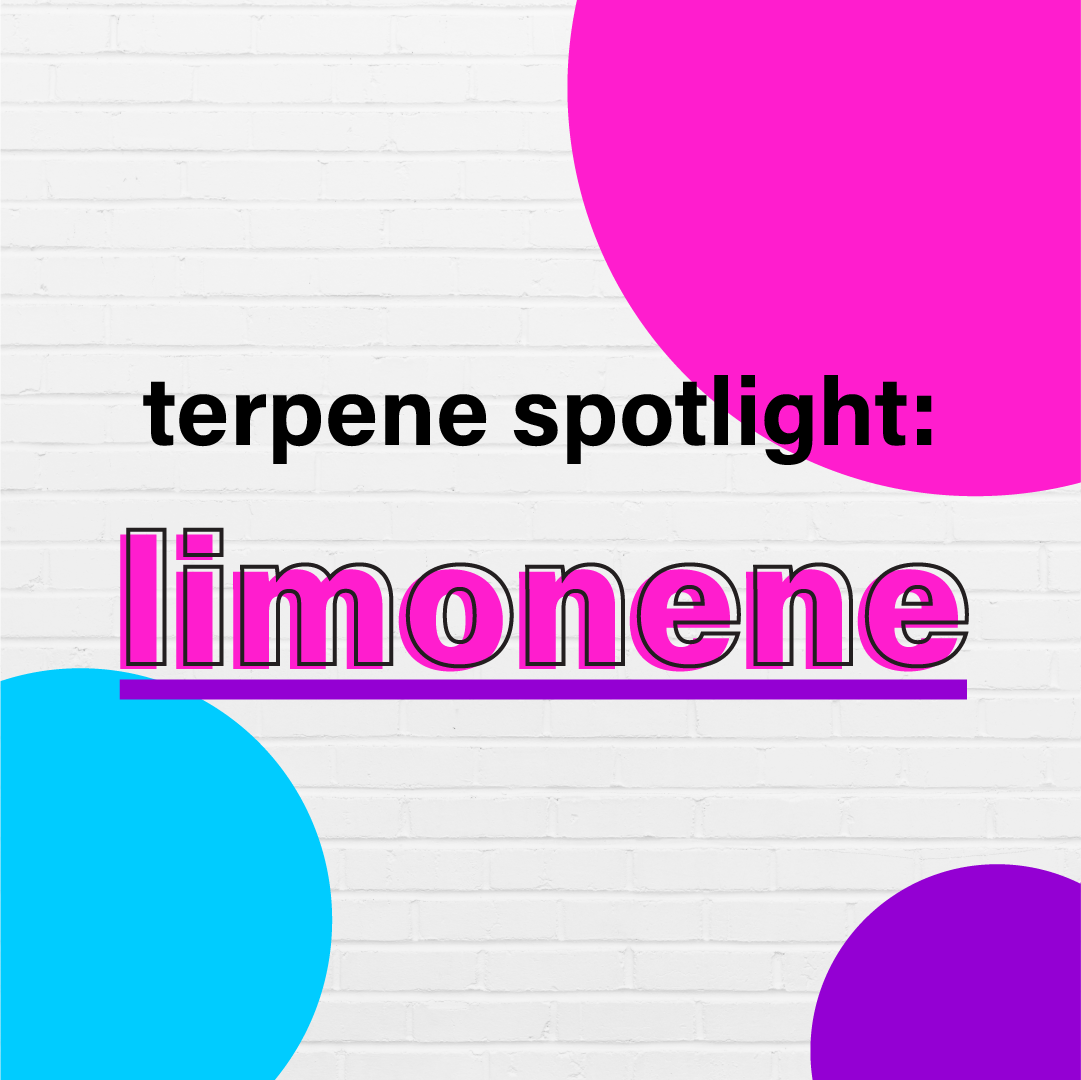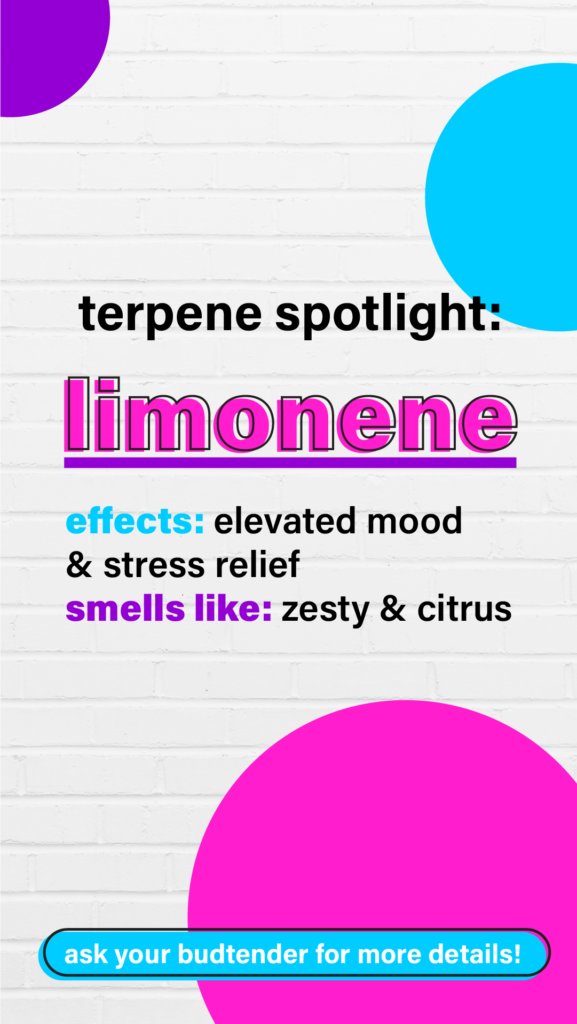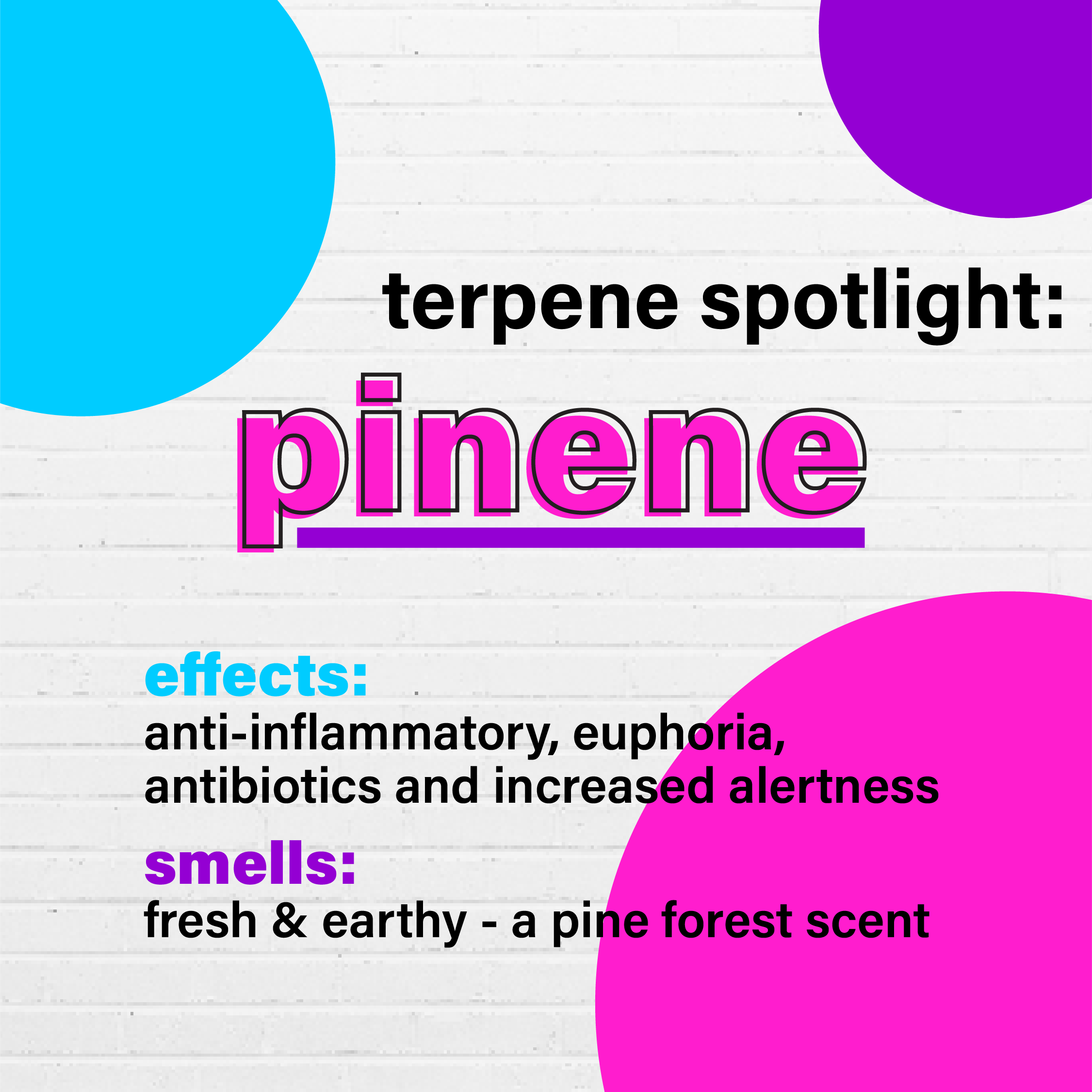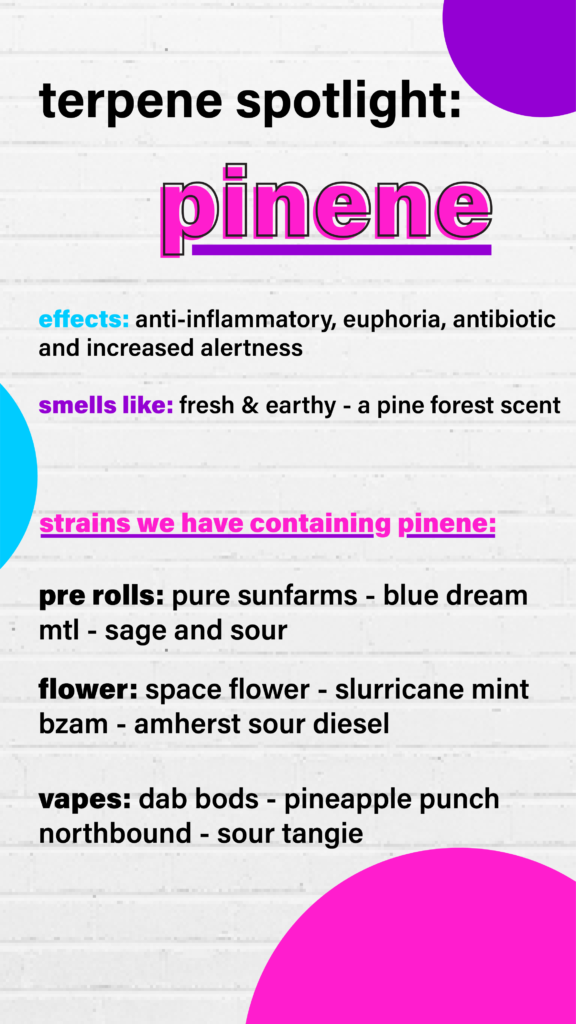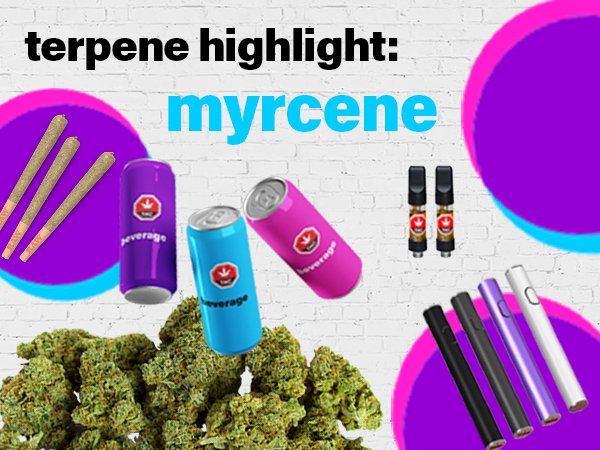terpene spotlight: linalool
Welcome back to another edition of our terpene spotlight series. each article of this series explores a specific terpene and outlines its effects and benefits within cannabis. To recap, terpenes are scented compounds that produce a unique taste and smell in plants like lavender, fresh oranges, and of course, cannabis. Terpenes are also meant to work with cannabinoids like THC and CBD to do the best job of cannabis. In the previous three editions, we have learnt about myrcene, pinene and limonene, and today we’re going to highlight a terpene that gives out a characteristic lavender scent – linalool.
What’s linalool?
Linalool is a floral and spicy terpene alcohol found in many flowers and plants, like lavender and coriander. This colourless oil acts as a metabolite, antimicrobial agent, and aroma compound in plants, which gives off a complex yet delicate floral aroma with a hint of spiciness. Linalool has significant medicinal benefits, which makes it one of the most commonly used terpenes by patients or those seeking balance in health and wellness.
In fact, you may have consumed linalool before, as linalool has been used in manufacturing products, like soaps, fragrances, household products and food additives, as a flavouring agent, although it may be called a different name – cariandrol. That’s why non-cannabis users are said to consume up to 2 grams of linalool every year. This amount of linalool may seem to be quite a bit to some, but there is very little risk of adverse effects indeed, as linalool does not stay in one’s body for long nor accumulate in the fatty tissues of our body or brain.
Lower stress levels and more
The benefits and effects of linalool are multitudinous, however, it is most widely used as a substance for the reduction of anxiety. Since ancient times, humans have started inhaling the scent of certain plants that may contain linalool to help lower their stress levels, fight inflammation, or combat depression.
This monoterpene compound is one of the most commonly found major components of essential oils of several aromatic species, many of which are traditionally used as sedatives. In the use of sufficient quantities, the serotonin released by linalool will help calm us down and fall asleep better.
Studies have shown that linalool could be a capable treatment for progressive brain diseases that cause cognitive and memory problems like alzheimer’s. Its sedative effects in larger quantities will also be significant enough to serve as a tranquillizer when administered properly by medical professionals.
Linalool in cannabis
We have already learnt how linalool is widely known for its relaxing and stress-relieving properties in the previous section, but linalool-heavy cannabis strains can actually do more than that. Since linalool is not the only component in a cannabis plant, it will interact with other terpenes and cannabinoids to create its unique traits. For example, when linalool interacts with limonene and cbd, it can help reduce anxiety or treat acne and other skin conditions like eczema. Some strains combine linalool with thc and cannabinol which enhance its soothing effects and help you sleep better.
The entourage effect – the phenomenon of the synergy between cannabinoids and terpenes, is what makes cannabis more valuable than terpenes or cannabinoids standalone. True efficacy relies on the combination of terpenes and cannabinoids, rather than an individual compound.
Best way to get most out of linalool
Gernally, a vaporizer with temperature control is usually the best way for you to get the most out of theterpenes found in cannabis. the optimal temperature for each terpene varies widely, so it is key to research the temperature of the desired terpenes you may want to release.
some strains are linalool heavy. in offside cannabis, we offer a few linalool-dominant options for you to choose from, including in both buds and vape carts. are also some that you may like.
Wedding Pie – Back Forty
Back Forty, Wedding Pie is the marriage of wedding cake crossed with grape pie. This strain can reach very high potencies and is grown with organic practices. These vibrant green buds also have a flair of purple, almost three percent total terpene content and a spicy, cracked pepper profile. The top terpenes are trans-caryophyllene, linalool, farnesene, limonene and alpha-bisabolol.
Cherry Bomb – Jonny Chronic
Cherry Bomb generally has mild to moderate effects. It has gained popularity for daytime consumption. Effects take off fast, giving many consumers a strong buzz. Immediate effects tend to be active and mentally alert, but can border on antsy for some. With a tendency to smooth into a more focused state, you may want to tackle that to-do list or the next creative project.
Mosa x Blood Orange – Mimosa and Blood Orange come together to offer a sweet orange flavour in a sativa-dominant hybrid cart with a terpene profile of limonene, alpha-pinene, and linalool.
Wedding Pie – Back Forty – 3.5g/28g
Animal Mints – Back Forty – 3.5g
Jet fuel Gelato- Pure Sunfarms – 3.5g/28g
Bubba – Pure Sunfarms – 3.5g
Cold Creek Kush – Redecan – 1g/3.5g
K-Tut – 1Spliff – 7×0.5g
Honeydew Boba Sativa 510 cartridge – General Admission – 1g
Mosa x Blood Orange 510 cartridge – Endgame – 1g
Sour Apple 510 cartridge – Back Forty – 1g
References
Wikipedia. (n.d.). Linalool. Wikipedia. Retrieved from https://en.wikipedia.org/wiki/Linalool.



